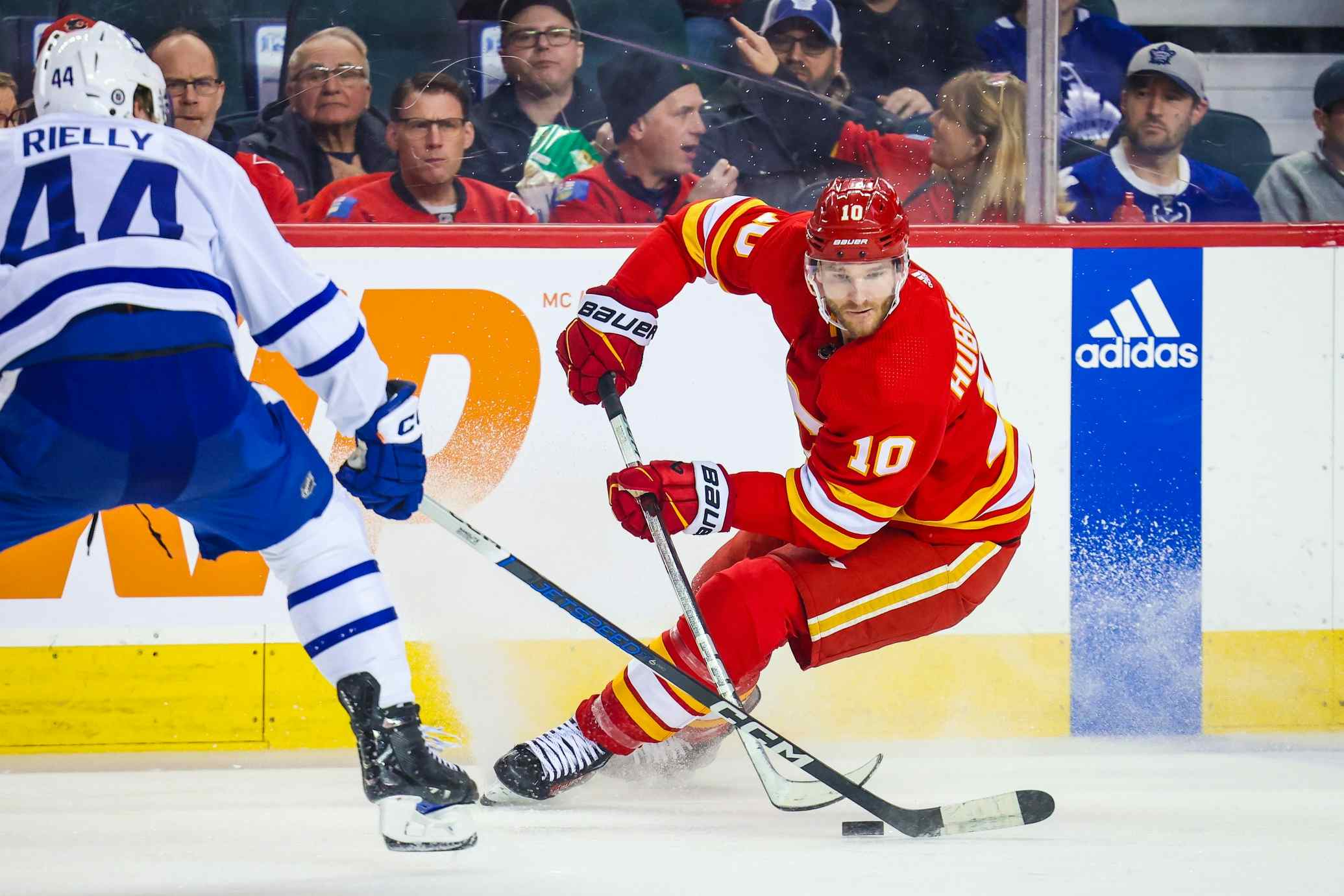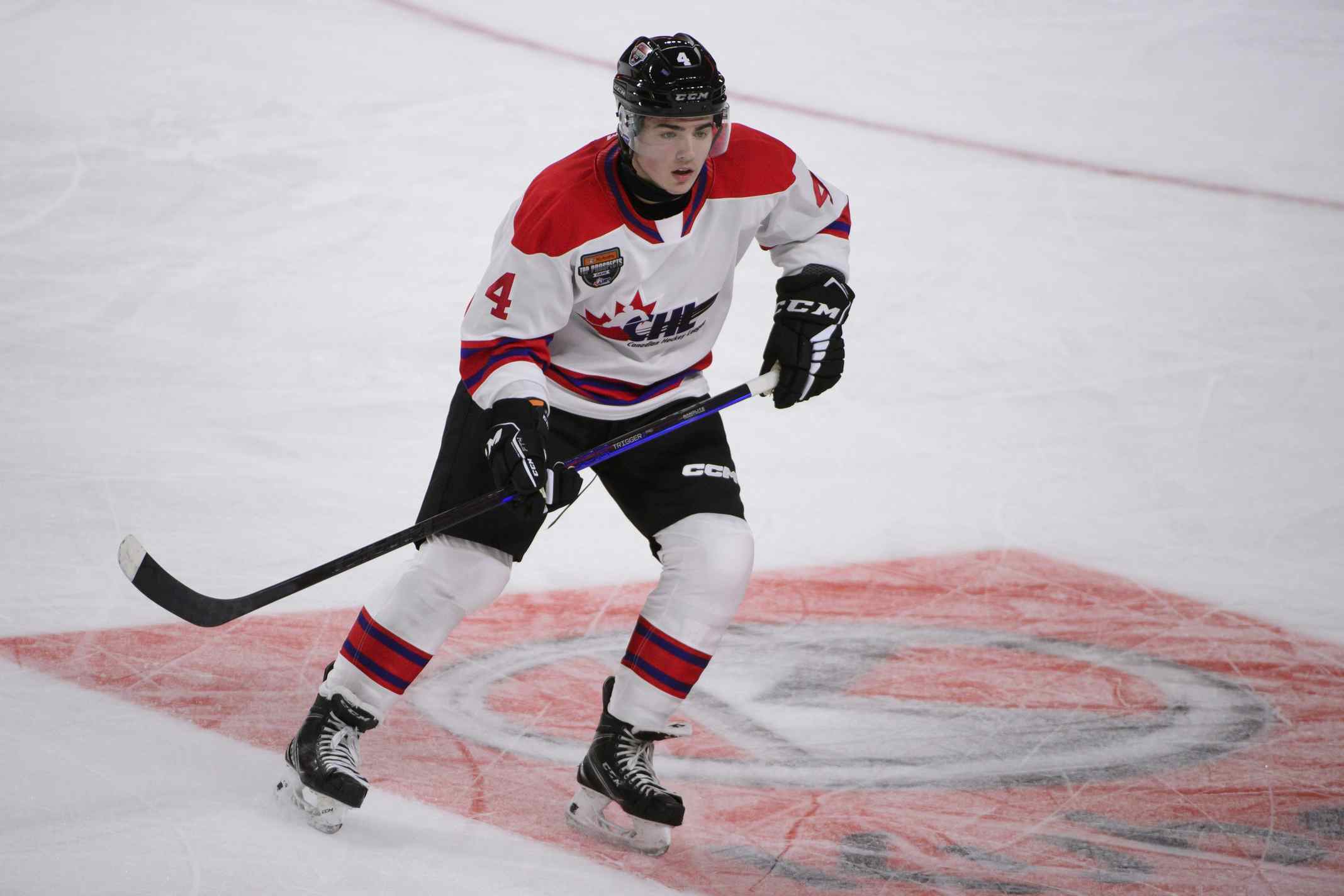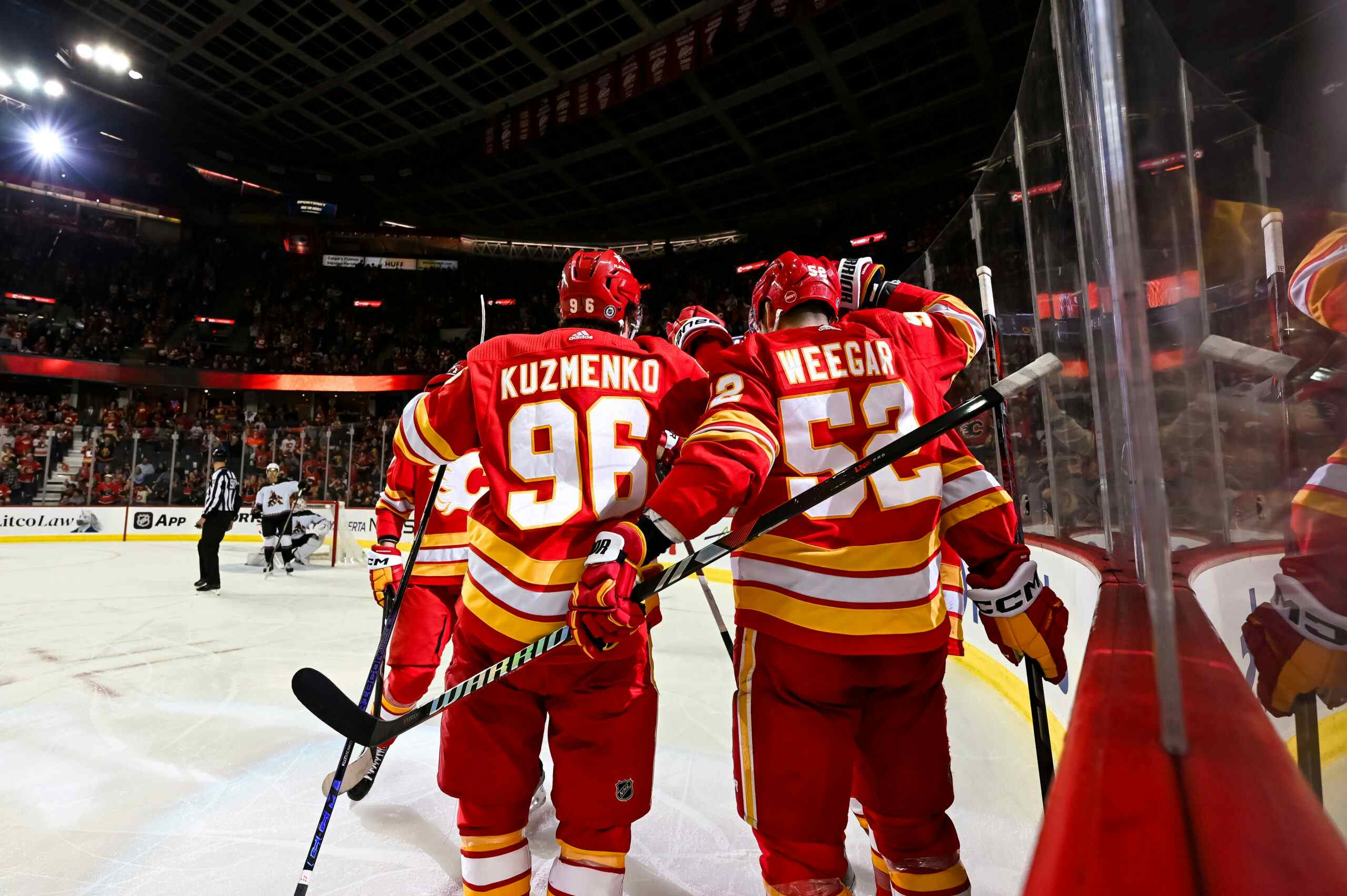The Flames are a team of half measures

By Ari Yanover
6 years agoLet’s review Brad Treliving’s recent trades.
- Traded a third round pick and a conditional fifth (based on a re-signing) for Michael Stone.
- Traded Jyrki Jokipakka and a second round pick for Curtis Lazar and Mike Kostka.
- Traded Chad Johnson, Brandon Hickey, and a conditional third round pick (that becomes a second upon reaching the playoffs) for Mike Smith.
These trades have a couple of things in common: they were all deadline deals, and they were all half measures.
Committed, but not really
A half measure is when you recognize you have to do something, so you do just that: something. You make a move. It may seem like it makes a difference, and technically it does because, well, things are different now. But they aren’t really.
You need to upgrade your defence? Here’s Stone. He’s not particularly good, but he’s not Dennis Wideman, and that’s all that matters.
You see an opening for a young player you value highly? Here’s a second round pick for him. The player maybe has the ceiling of that of a third liner, but he’s better right now than whoever else you may have spent that pick on, and that’s all that matters.
You need to get a new goalie? Here’s Smith. There’s very little reason to believe he’ll be better than Brian Elliott, but he hasn’t had a meltdown for you in the playoffs, and that’s all that matters.
These are cosmetic changes. Just because Stone isn’t Wideman doesn’t mean he’s suddenly a capable top four defender. Just because Lazar is untested as a Flame doesn’t mean the 180 NHL games of evidence we have are irrelevant. Just because Smith isn’t Elliott doesn’t mean going for yet another stopgap will solve things this time.
Stone, Lazar, and Smith weren’t part of the Flames a couple of months ago. Can you convincingly say the Flames became better upon acquiring them?
Assets still spent
Here’s the thing with essentially running in place: if you’re doing it by swapping out one name for another, it’s still costing you something.
In this case, draft picks.
Jokipakka, Johnson, and Hickey are all irrelevant: none of them were expected to stick around, so none of them have particularly high value. But that’s now a second and a third from this year’s draft gone, and probably a second from next year’s, too. The Flames have one pick in the top 100 this year, and who knows how many they’ll end up with for next year’s draft.
It doesn’t matter that a draft may be dubbed a weak one, it doesn’t matter that the Flames have a much better looking prospect pool than they did in years past. It matters because those picks are assets that can be spent on a variety of things. Scott Darling’s rights cost a third rounder; the Flames felt their third rounder was best spent on Stone. Who knows what the going rate for someone like Antti Raanta was, but if a second round pick could have been a part of it, that option is gone because the Flames felt their second rounder was best spent on Lazar. Once they made those trades, they neutralized their options, and the trades weren’t particularly meaningful to begin with.
The pick that would have cost the Flames to keep Elliott was a 2018 third rounder – exactly what Smith was traded for, unless the Flames make the playoffs, in which case, he’s more expensive. Smith has never come close to touching Elliott’s career highs, even when he was starting fewer games, but suddenly, he’s worth more.
All the while, nothing has actually changed, and the Flames keep losing picks for it.
Gotta give to get
The Dougie Hamilton trade was a unicorn. You are probably not going to get a young top defender for a handful of picks ever again. In most cases, trying to upgrade your roster is actually going to cost you something.
Brad Treliving appears to be attempting to sidestep that by trading a handful of decent picks for lateral moves. And who knows – maybe, at some point, one of them will actually pay off.
Let’s be fair: the Flames were handcuffed by the expansion draft in who they could acquire to bolster their backend. They couldn’t make a truly meaningful acquisition, so they kind of half-assed it instead.
And maybe the Flames were looking at Raanta, but got scared by his price tag. In which case, well – yeah, Raanta has a higher upside, of course he would cost more. But the reward is much greater: you’ve got a goalie for years.
Instead, the Flames have likely traded a superior pick for yet another stopgap option in the hopes that one of Jon Gillies, David Rittich, or Tyler Parsons will be ready within two seasons. That’s the part where taking a half measure isn’t necessarily so bad: that’s a huge show of faith in their prospects.
And if it backfires, it will be spectacular, and a window may have been wasted.
Recent articles from Ari Yanover





